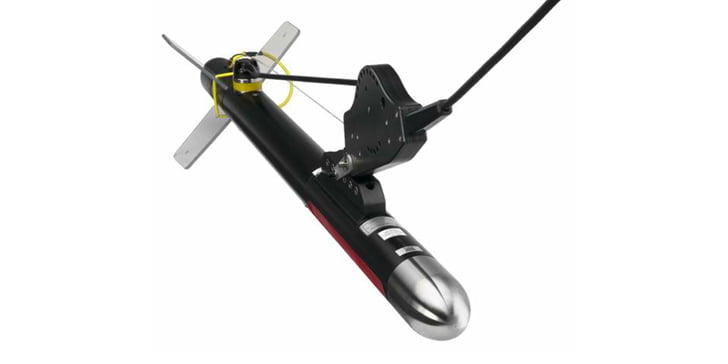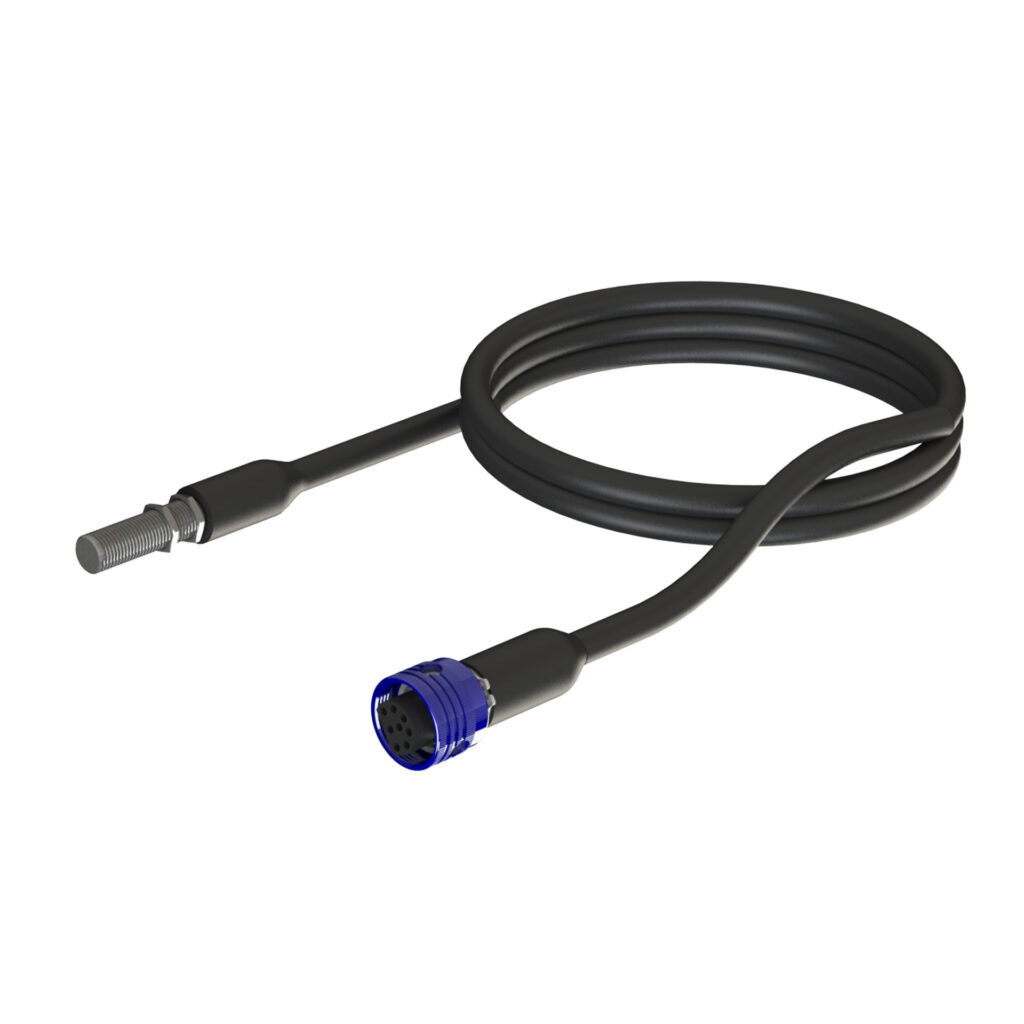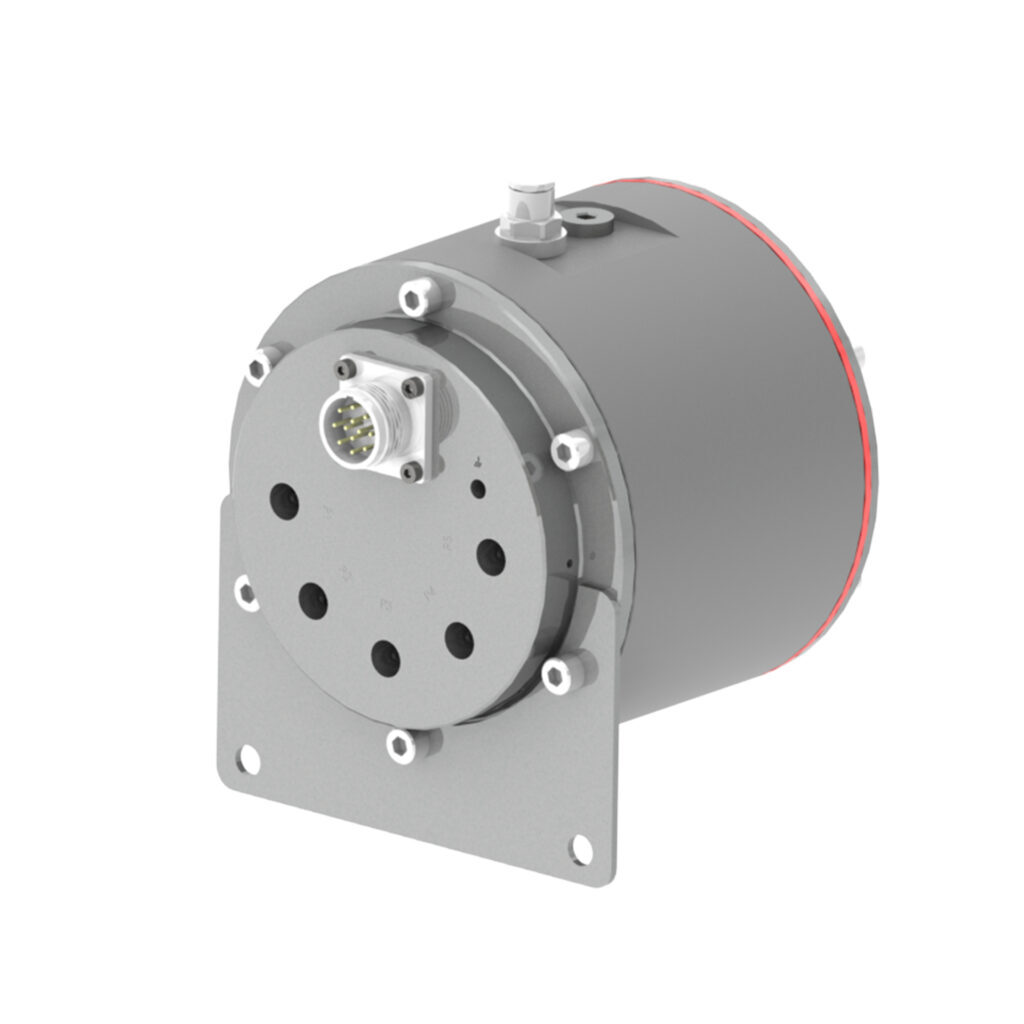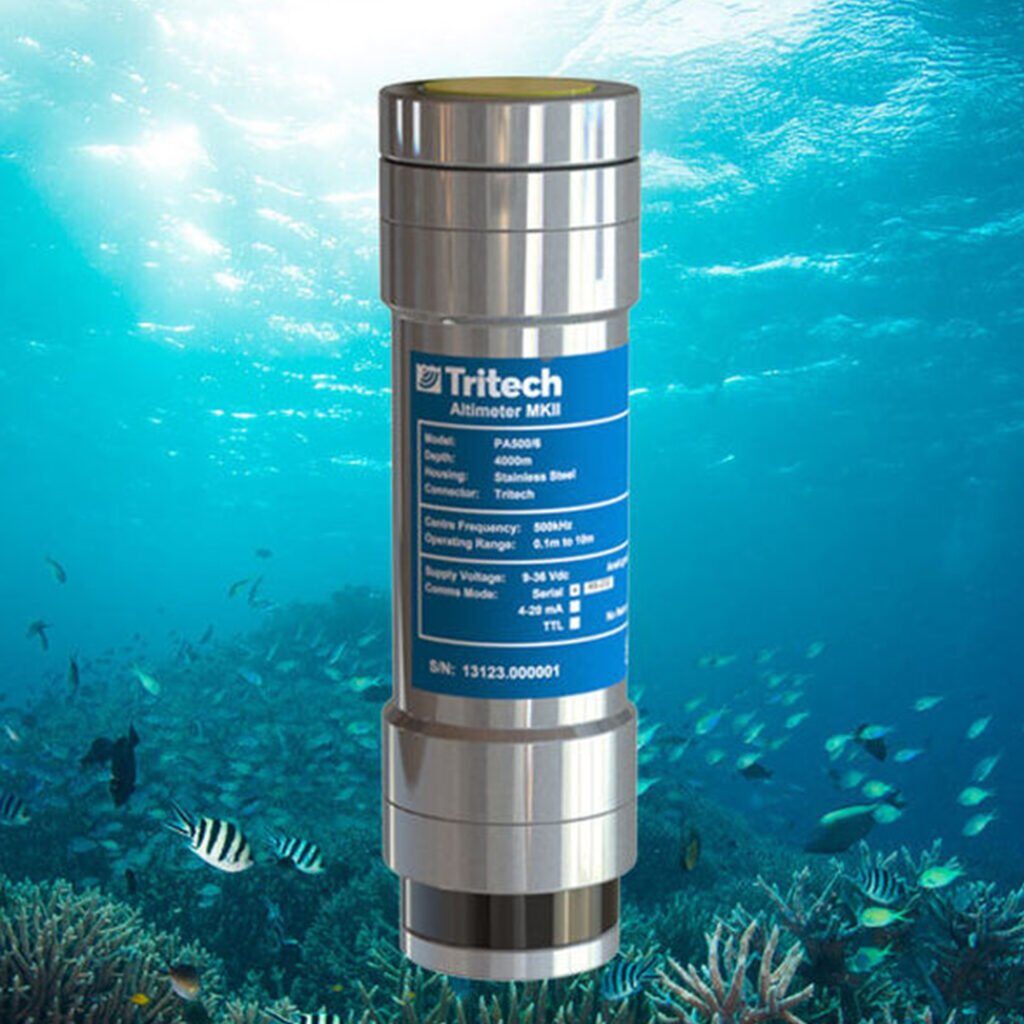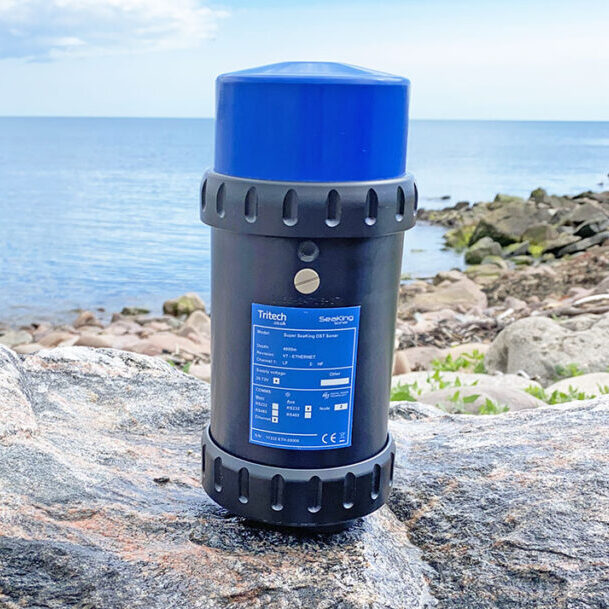Tritech SeaKing Towfish – Side Scan Sonar
The SeaKing towfish side scan sonar system is an extremely compact and low cost high definition side scan sonar system. The SeaKing towfish is designed for a wide range of seabed survey and inspection duties.
Description
The fish combines the Tritech DST (Digital Sonar Technology) electronics with industry leading transducer design and digital CHIRP signal processing techniques to dramatically improve range resolution and generate sonar images of unprecedented clarity.
The sonar ‘fish’ is designed to be easily deployed by hand with excellent stability under all towing conditions. Fitted with durable polycarbonate stabiliser fins, in the event of ground contact the fins will break away and are retained for recovery by a shock cord line.
The SeaKing towfish side scan sonar has a weak link and safety recovery line. If the towfish hits an obstruction the weak link will part but the sonar will not be lost. The towfish side scan sonar is small and light and may be manually deployed and operated by a single person from very small boats thus making it ideal for inshore and coastal applications.
As part of Tritech’s SeaKing range of sonars, sensors it is possible to run the SeaKing towfish with other SeaKing sensors over one communication link. All products in the SeaKing family (or third-party products within the ARCNET communications link), can be run simultaneously, using the same processor and display; such as Tritech’s Surface Control Unit (SCU) or a customer supplied PC or laptop. In addition to the display of side scan sonar data, the system will take position input from DGPS. This information is recorded with the side scan sonar data to allow a ‘fix’ of a target. The customer’s own bit map chart may be displayed on the same screen as the sonar data.
All data produced by the subsea towfish is processed within the fish and transmitted to the surface in digital format. All data may be stored on the built-in hard disk drive, in the surface control unit. The post processing export facility will convert the logged data to XTF and CSV formats for third party software packages.
Technical information
Acoustic
Low frequency:
Operating frequency 325kHz
Beamwidth 30° vertical, 1.7° horizontal
Pulse length 400μs
Range 200m
High frequency:
Operating frequency: 675kHz
Beamwidth: 30° vertical, 1° horizontal
Pulse length: 200μs
Range: 100m
Electrical and Communications
Power requirements: 24V DC at 12W
Communication: ARCNET, RS485 (RS232 optional)
Cable Standard: 6.7mm diameter Kevlar re-inforced cable. Supplied in lengths of 100 and 150 metres
Software
Software: Tritech Seanet Pro ChesaPeake ‘SonarWiz’ real-time interface
Low level direct access and control
Data log format: Tritech V4Log as standard Export to XTF, TIFF, GeoTIFF and Google Earth KMZ via converter
Physical
Weight in air: 7kg
Weight in water: 4.1kg
Depth rating: 40m
Materials: Alumnium body tube and stainless steel nose cone
Temperature Range: Operating: -10°C to 35°C, Storage: -20°C to 50°C
